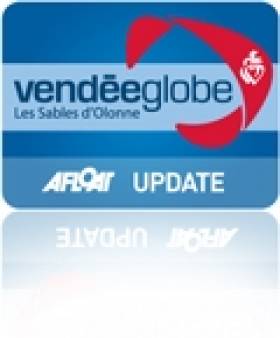Displaying items by tag: Elaine Bunting
What Solution to Vendee Globe Keel Failure Woes?
#VG2012 - As another yacht retires from the Vendee Globe from a keel failure - as happened earlier this week to Jean-Pierre Dick's Vorbac-Paprec 3 - Elaine Bunting asks on her Yachting World blog what can be done to work out the flaws.
It's an "immensely complicated" subject, as she points out, "but the simple place to start is that no one - no designer, no engineer and certainly no sailor - wishes to take big risks in this area".
VG yachts have used a variety of materials for their keels, each with their drawbacks in different conditions, so it's impossible to pin the blame on one style over another.
There are also numerous areas where things can go wrong, from design and manufacturing to attachment and other structural problems.
One possible solution suggested by Bunting is to declare a one-design keel which puts none at a disadvantage and would ensure a studier 'failsafe' option - but whether the competing skippers are ready to make the leap is still up in the air.
Yachting World has much more on the story HERE.
From Yacht To Flotsam In Just Five Minutes
#Sinking - How fast can a yacht sink? The video above shows just how swiftly one's dreams can disappear into the murky depths.
The clip, via Elaine Bunting's blog at Yachting World, captures the Sweden Yachts 45 Ciao in the waters north-east of the Cocos islands in the Indian Ocean last September as its rudder is damaged by impact with an object below the surface, quite possibly a whale.
Within the space of just five minutes, the fully functioning vessel is reduced to flotsam, its crew Srecko and Olga Pust escaped to their liferaft for rescue at the last possible moment despite their valiant efforts to save the yacht.
"The boat had been their home for several years while cruising, and they were to lose almost everything in the sinking," said Bunting.






























































